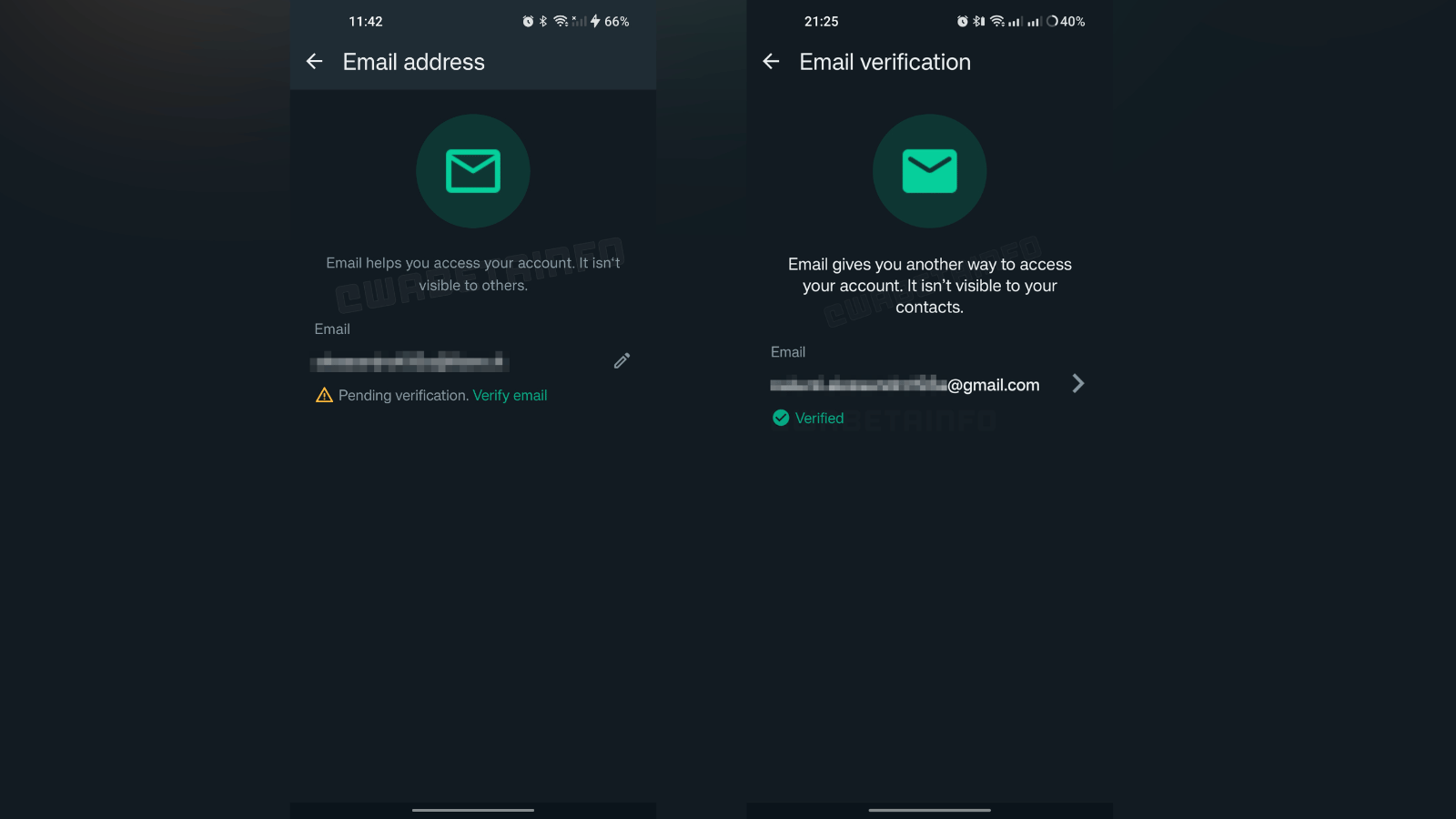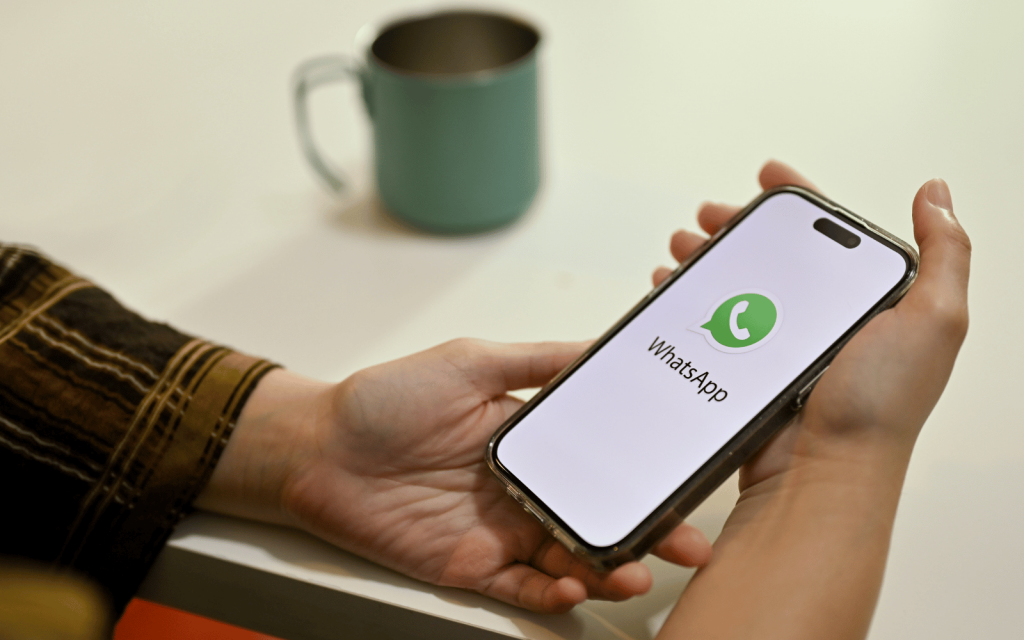WhatsApp, one of the world’s largest messengers, has always been big on data security and privacy. Which is odd, since, you know… Hey, we’re not complaining. This year alone, WhatsApp’s brought us plenty of security-focused additions and now it’s adding another to that lofty pile, according to WABetaInfo. Next up? Email verification.
Gone will be the days when users needed to rely on their cellphones to get into their WhatsApp accounts – wherever they are. Once the update goes live for everyone it’ll give users the choice of logging into their accounts through an email verification code, rather than requiring the account holder’s primary cellphone to be standing by.
“Per my last email…”

Per WABetaInfo’s report, beta testers have begun receiving the feature in the latest WhatsApp beta for Android 2.23.24.10 update, though those on either the 2.23.24.8 or 2.23.24.9 updates can get access too.
If that’s you, you can find the new “Email address” section in WhatsApp’s Settings > Account > Email address. Hit all the keys in the right order and you should be getting a link sent to you in the mail. Click it, follow the instructions, and voila – your WhatsApp and email should be linked.
Read More: WhatsApp keeps the updates rolling with multiple accounts and disappearing voice notes
It’s worth noting that email verification isn’t killing off cellphone verification. Users will have the choice to use their email address or cellphone number to log into a new device, though WABetaInfo does mention that a user’s cellphone number “still remains the unique identifier for your account and a fundamental and essential way to log into your WhatsApp account.”
Even if you don’t have plans to use the messenger’s email verification system when it launches, preferring the current method, we’d recommend still becoming acquainted with it to help prevent the loss of your account when a phone is lost/stolen. We don’t have any exact dates for when that’ll be, though WABetaInfo reckons the public rollout will be happening “over the coming weeks.”




